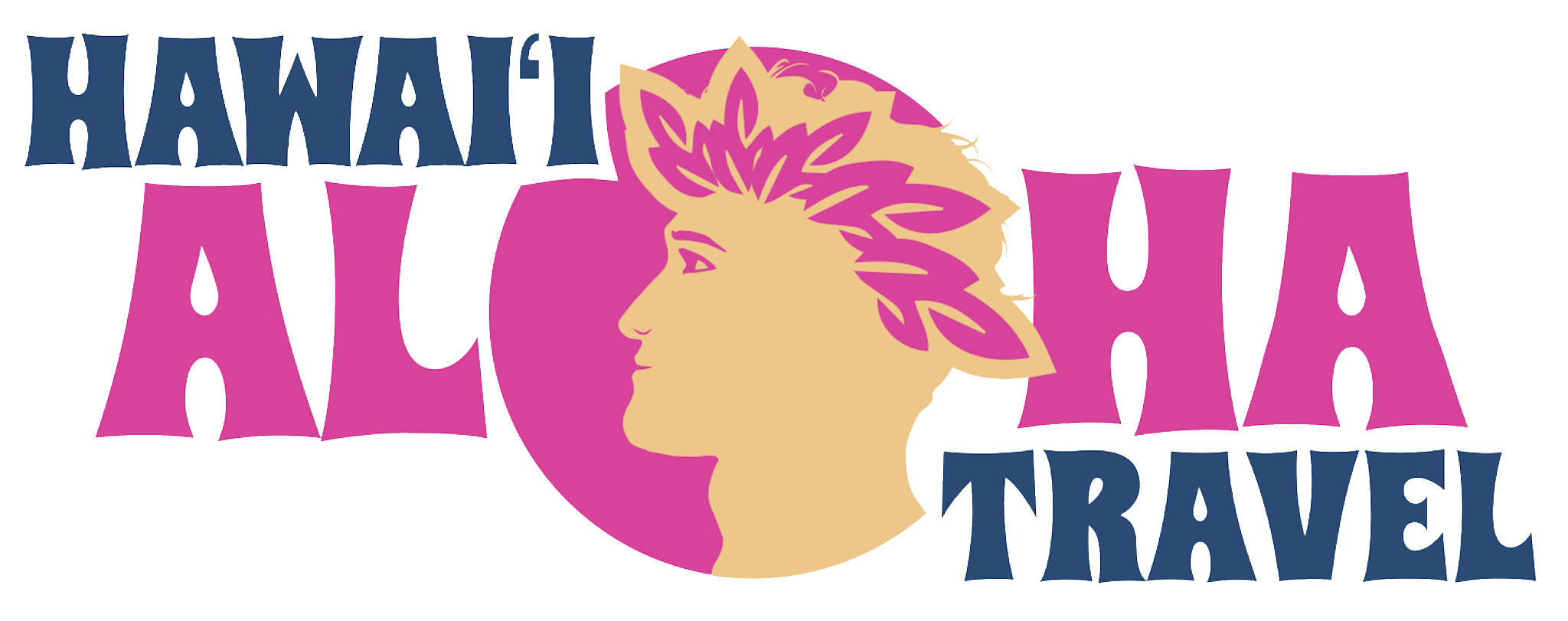One of the most unique aspects of Hawaii has got to be its microclimates. One side of the island may be raining buckets while at the same time, the other side will be soaking up the sun. These characteristics describe areas of the island we often refer to as the “windward” and “leeward” sides. It’s important to understand these terms because they’re used frequently on the islands as geographical reference points when giving directions.Windward and leeward. Can you tell the difference?
The windward side, located east or north of the island, gets the most rain thanks to the trade winds, which blow from the northeast of the Hawaiian Island chain to the southwest. The moist air hits the mountain, cools and then forms clouds. From the clouds, we get rain; needless to say, the windward side is very green because of the frequent showers; it’s where you’ll most likely find waterfalls and lush Hawaiian forests filled with native birds and plants.
The leeward side, on the other hand, faces south or west and gets very little rain. Because of this, the landscape is much drier and not as green; in fact, it’s mostly barren. Not much wildlife can survive out here due to the heat and lack of rain. The people who do live on this side usually resort to using air conditioners or fans in their homes for a more comfortable living environment.
One of the noticeable differences between the windward and leeward sides (besides the stark contrast in landscapes) is the intensity of the sun’s rays on your skin. I can usually feel my skin burning as soon as I step out of the car on the leeward side; whereas on the windward side, the sun’s heat doesn’t seem to bother me as much. This is because of the naturally cooler environment and trades that frequent the windward side as opposed to the leeward side. Either way, make sure to protect yourself with sunscreen and protective gear.
I grew up on the windward side of Oahu, in the beautiful town of Kaneohe. Almost every morning, there’d be a light rain and cool weather that covered all the neighborhood lawns with fresh dew. The breathtaking Koolau mountains had become the norm in my daily commute to school in town, in fact, we drove right through it via the Likelike Tunnel. If you’re visiting the windward side, be sure to bring an umbrella and make alternate plans in case of a sudden downpour. The rain sort of surprises you at times!
The beautiful Koolau Mountains on Oahu’s windward side, brewing rainclouds.
And since we’re on the topic of direction-related terms in Hawaii, you might want to also jot down, “mauka” and “makai.” Mauka means mountains while makai refers to the ocean. If you ask someone how to get from Waikiki to Kaneohe, they’ll most likely say something like, “Drive mauka (mountain bound) from here, get on to Kapahulu Avenue and take the freeway west till you reach the Pali cutoff.”
Windward, leeward, mauka and makai. Got it? Good! Now you’re ready to explore the islands.
Photo Credit: Kelci Renshaw




